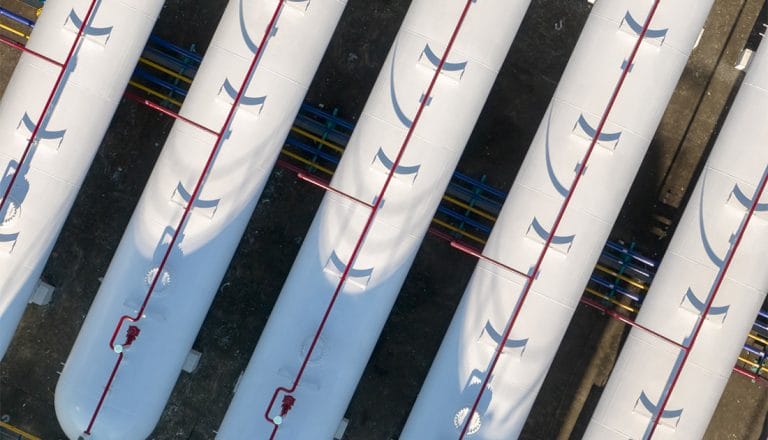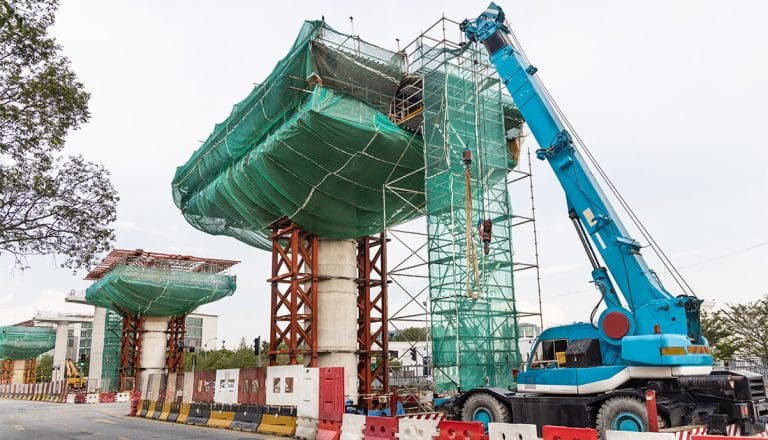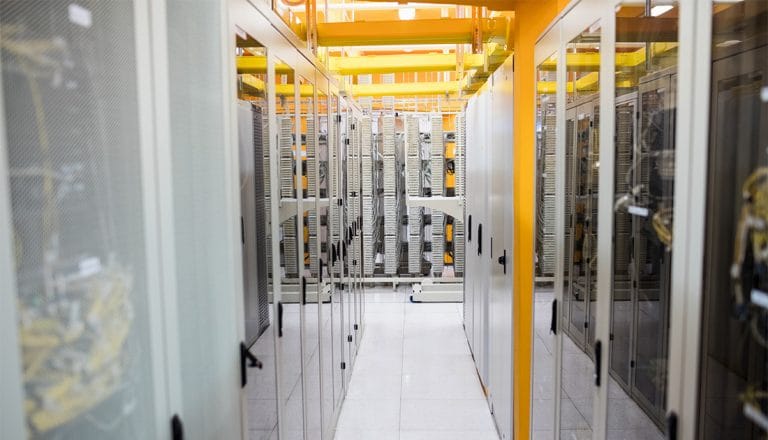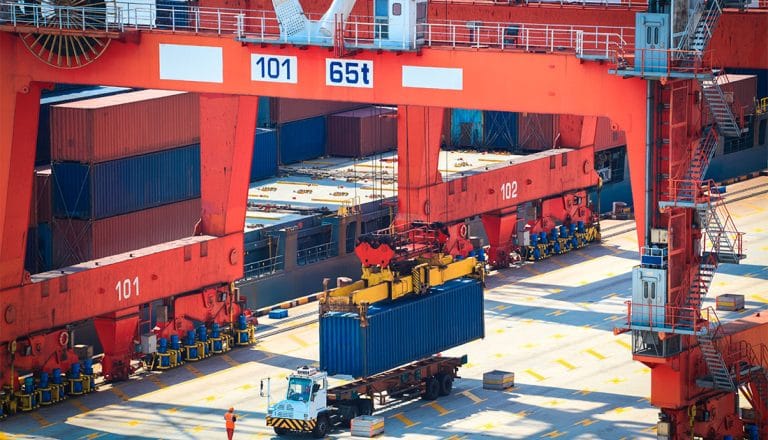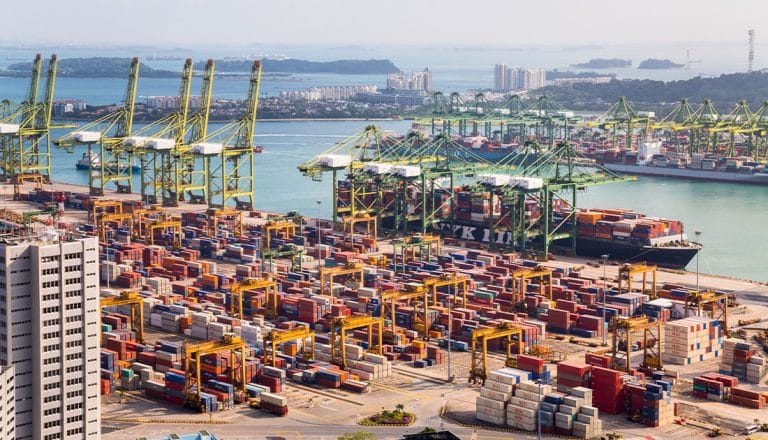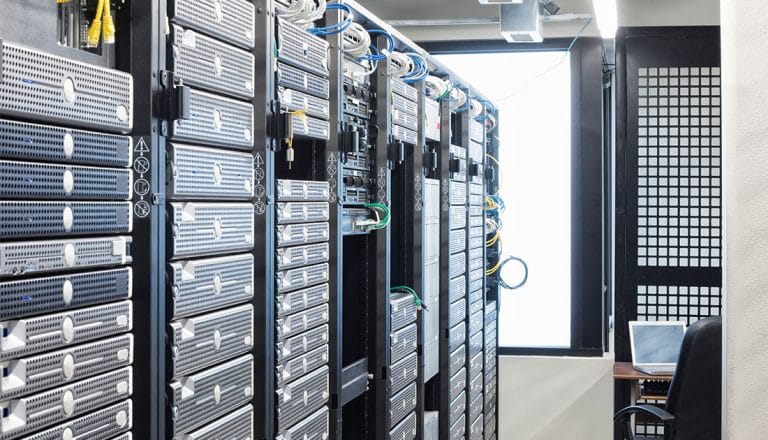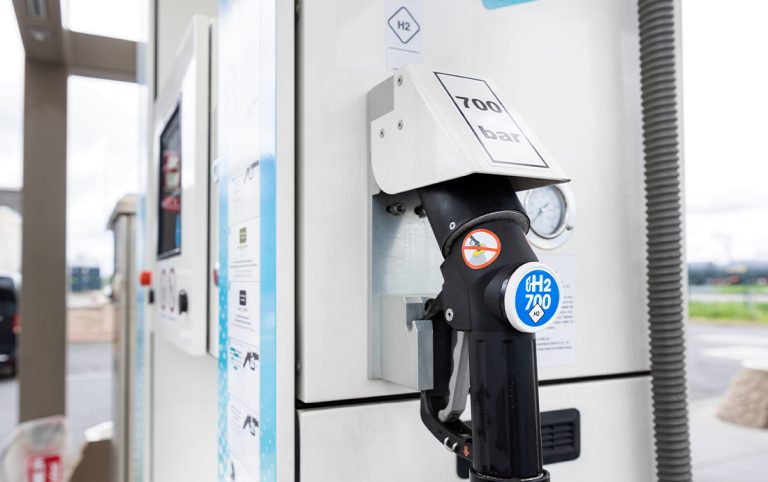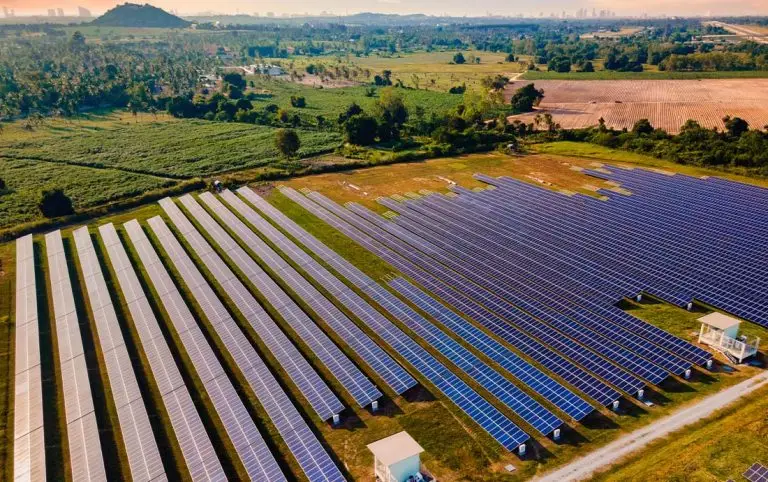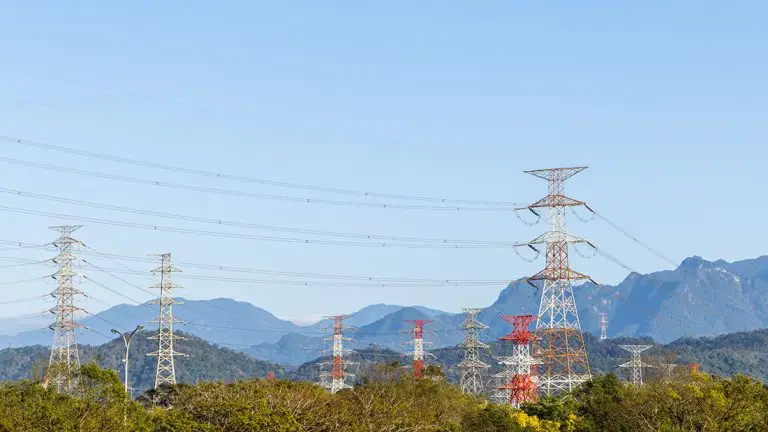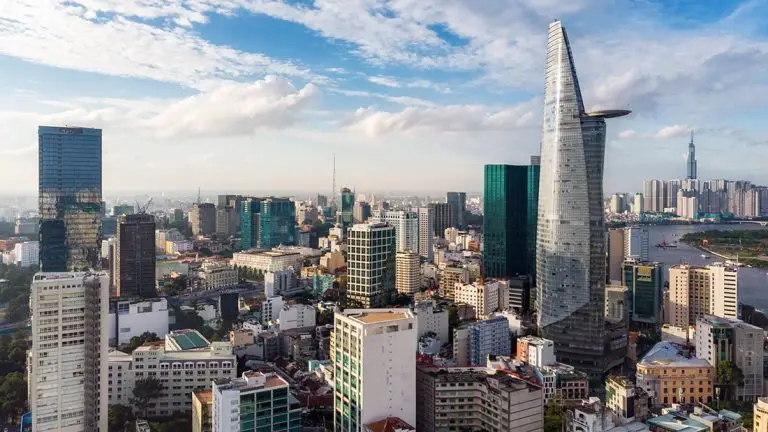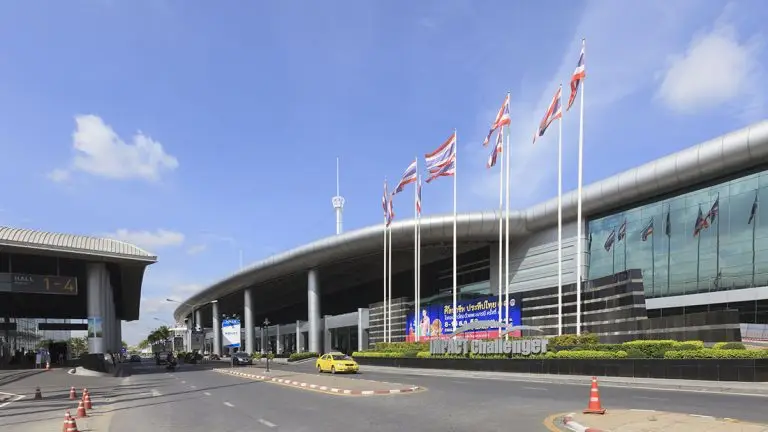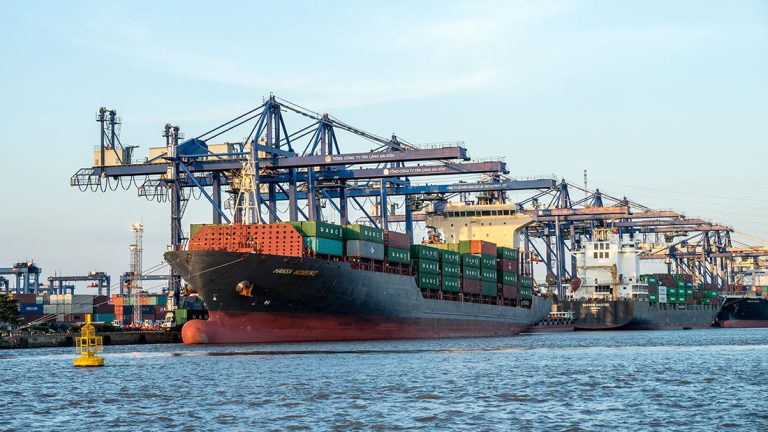- The Asian data centre market outlook remains extremely promising due to expected future demand from several sources
- Compound annual growth rate estimates for the Asian data centre market over the next eight years are in the 8-13 percent range.
- Amazon, Google, Equinix and Microsoft are among the international players to have made substantial investments in the region
Asian data centre market capacity is predicted to double by 2030, with demand still likely to exceed supply due to increased AI and cloud computing usage, as well as the expansion of 5G networks and Edge computing. Several hurdles must be navigated for the sector to reach its full potential. Power availability, a need for greater sustainability and land limitations are among the challenges foreign investors should be aware of. Asian Insiders Managing Partner Jari Hietala examines why the sector is thriving and highlights select opportunities.
Compound annual growth rate estimates for the Asian data centre market vary with cautious projections coming in at around eight percent and more bullish forecasts predicting closer to 13 percent over the next eight years. The degree of uncertainty is connected to obstacles facing various countries.
Advanced markets, such as South Korea, Japan and Singapore, are facing issues related to limited land availability. Emerging markets, including India and most Southeast Asian nations, are building up the necessary infrastructure. Meanwhile, all countries must adapt to increasing sustainability requirements in relation to emissions and water usage.
This balancing act may cause some hiccups, but it is not expected to derail the sector’s momentum, which has experienced years of steady growth. Knight Frank named data centres the top niche real estate segment in Asia for five consecutive years while CBRE, Savills and Cushman & Wakefield have each touted the industry’s potential in both the short and long term.
Why is the Asian data centre market thriving?
The rise of the Asian data centre market is closely tied to the region’s digital transformation. The first wave of investment came as internet usage skyrocketed in many emerging markets and greater emphasis was placed on developing digital economies.
A second wave of investment is now being seen as countries strive to keep pace with AI usage and cloud computing adoption. A further need for 5G ecosystems and Edge computing are other factors fuelling demand.
While America and Europe account for a little over 60 percent of the global data centre market, Asia has far more room for growth. The region features fast-growing economies as well as populations willing to embrace new technologies.
Finally, many Asian markets have lower startup and operating costs. That, along with select nations providing incentives to foreign organisations, makes the Asian data centre market an investment destination.
Market spotlight
India
Despite regulatory challenges that can make market entry somewhat challenging, the size of the market and potential for future growth certainly make it worthy of consideration. The sector is projected to generate more than USD4.5 billion in revenue by 2029.
At present, the Indian data centre market size is predicted to double by the decade’s end. Demand could still exceed supply, as the country has significant storage needs with e-commerce, smartphone, AI and cloud computing usage all growing at a rapid clip.
One area of interest is South India. The region aspires to become a global data centre hub and capacity here is expected to expand by as much as 65 percent by 2030. Chennai, Bengaluru and Hyderabad are transforming into prominent technology powerhouses. These cities feature a high concentration of IT and software companies which should fuel demand. That being said, opportunities are not limited to this part of the country.
Malaysia
Malaysia has become a strategic data centre location given its proximity to Singapore and its appealing approach to foreign investment. Amazon Web Services, Microsoft and AirTrunk each made notable investments in recent times.
This year alone has seen 40 facilities approved with 20 under construction. Overseas enterprises have invested almost USD22 billion in the sector since 2021. Some experts predict that Malaysia will become one of Asia’s most important data centre hubs by the end of the decade.
Sustainability has come into focus in the past year, and the government is drafting guidelines for data centres. Facilities will need to better utilise renewables as well as improve water efficiency. This may provide opportunities for firms with expertise in these areas.
Indonesia
Indonesia has become an emerging destination for data centre investment, driven by a huge need for storage and a rapidly digitising society which are key drivers of demand. The market size is projected to reach nearly USD4 billion by 2030.
To support foreign investment, the Indonesian government has implemented tax and non-tax incentives available to firms in the data centre industry. However, those entering the country must account for several obstacles, including a lack of renewable energy and some compliance challenges.
South Korea
The Korean data centre market at present is valued at USD2.5-3 billion with 15-20 percent annual growth currently projected. Capacity is expanding rapidly and could surpass 1,850 MW by 2027. Major projects, such as those from Digital Realty, Equinix and ST Telemedia Global Data Centers, show the path forward for overseas firms.
It also boasts several competitive advantages. South Korea is home to 15 submarine cables connecting to major APAC markets, in addition to world-leading 5G infrastructure serving over 28 million users. Tax incentives are available to overseas investors, and the foreign investment process has been simplified.
Thailand
Earlier this year, Global Infrastructure Partners held discussions with the Thai government on advancing the country’s data centre infrastructure. It was reported that the investment fund could pledge upwards of USD5 billion on the construction of high-performance facilities.
According to Krungsri Research, Thailand’s data centre industry is expected to record an average annual growth rate of more than seven percent over the next three years. The Thai Board of Investment (BOI) continues to receive applications from international organisations. Amazon, Google and Equinix all have plans to build in the country.
The BOI has introduced a range of incentives for firms investing in data centres. Bangkok has seen the bulk of activity, but this has since spread to the Eastern Economic Corridor (EEC).
Final thoughts
These are only a few of the Asian data centre investment opportunities on offer in the region. Countries such as Vietnam, the Philippines, Japan and Singapore are also promising. It is essential to note that the needs of each market can vary significantly, and this is something potential entrants should thoroughly examine.
Given the complexities involved, enlisting the services of a market entry specialist can make a world of difference. Asian Insiders has a robust network of in-country experts who provide local research, highlight the available opportunities, assist in partner identification and selection, and help navigate any regulatory issues.
Asia is experiencing a data centre boom, and it shows no signs of slowing down. Entering today can position your organisation for success in the present and open up expansion opportunities in the future.
To learn more about available opportunities in the Asian data centre market, schedule a no-obligation call with Jari Hietala, Managing Partner: jari.Hietala (at)asianinsiders.com

